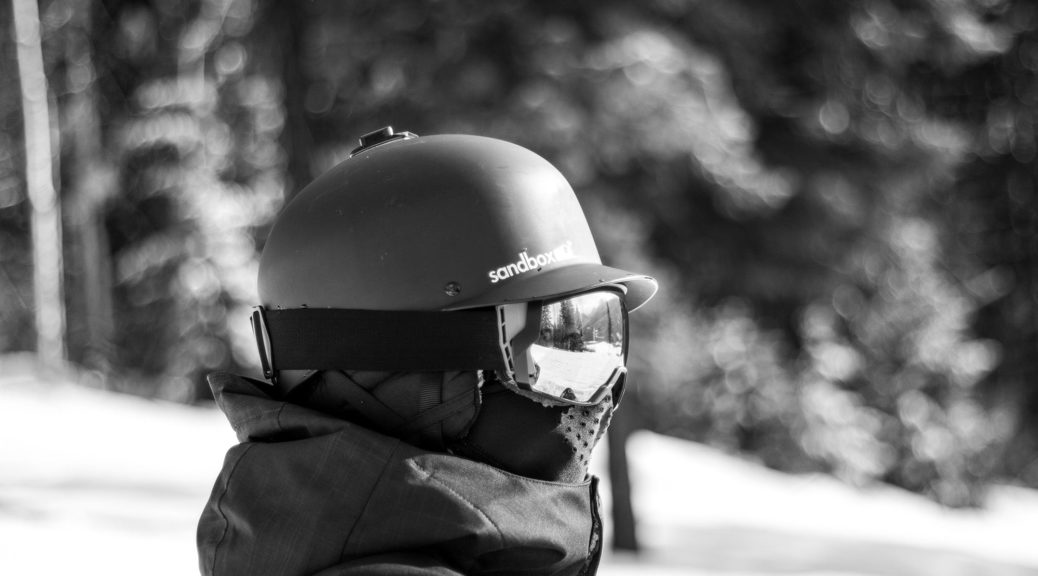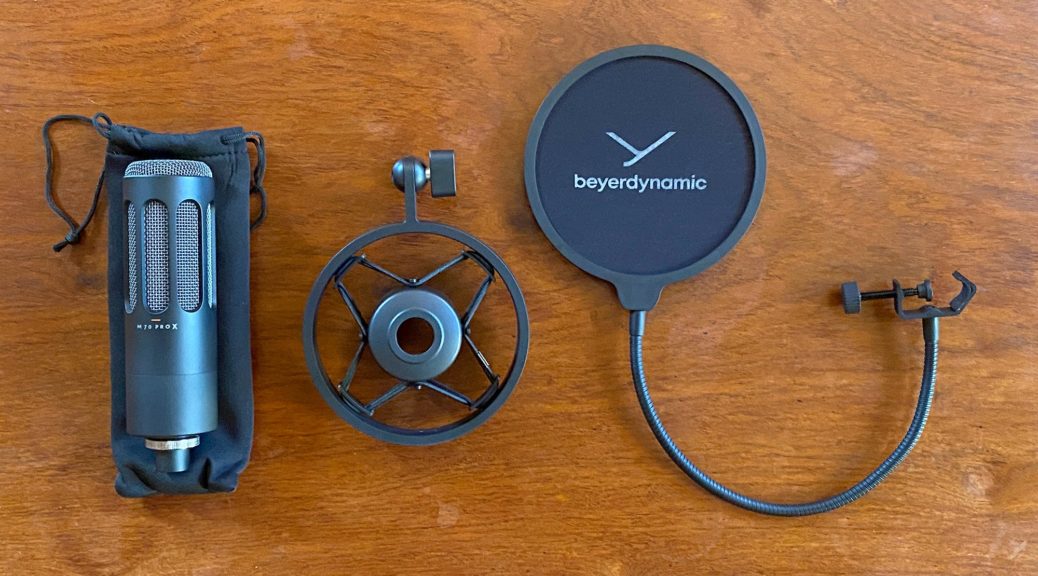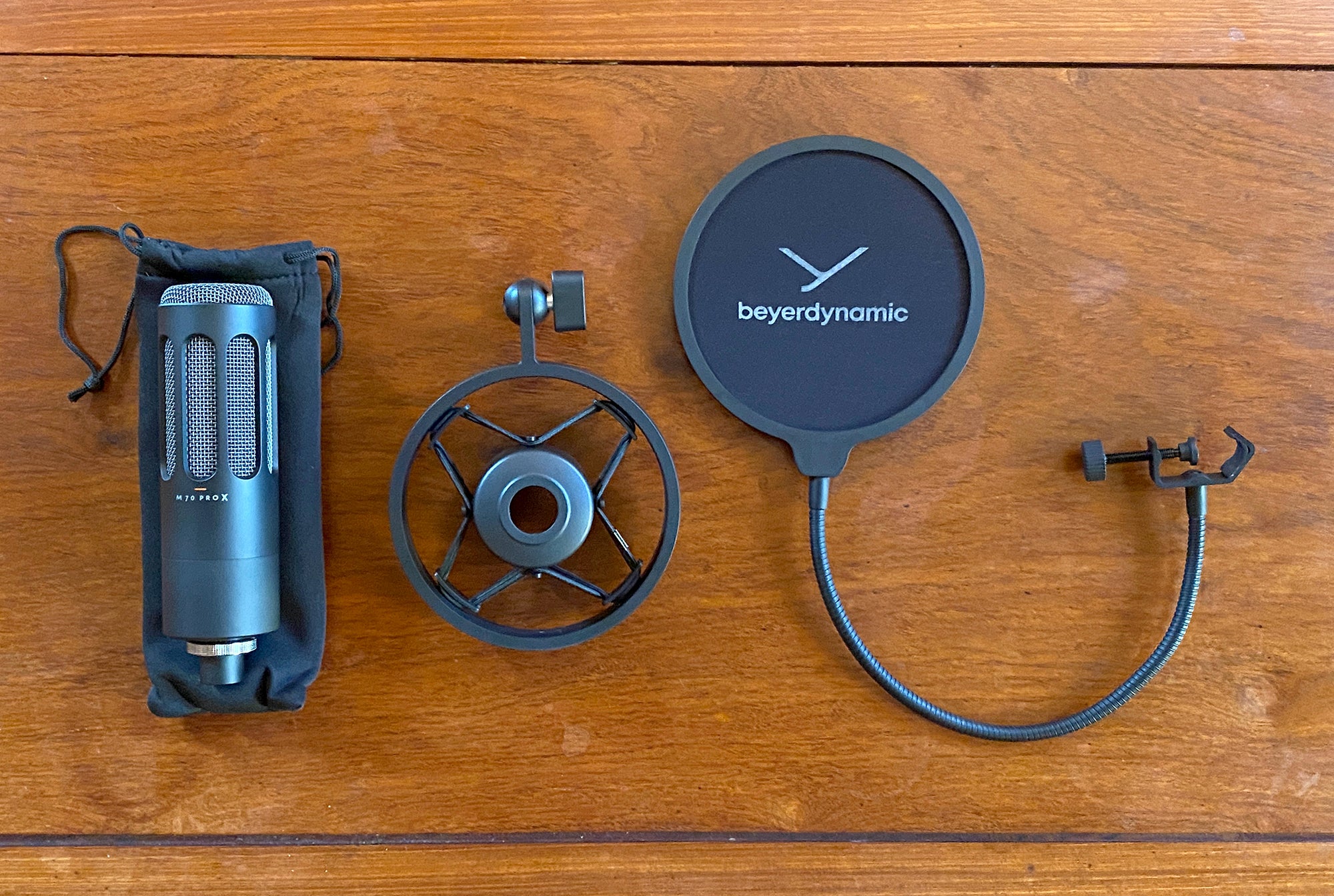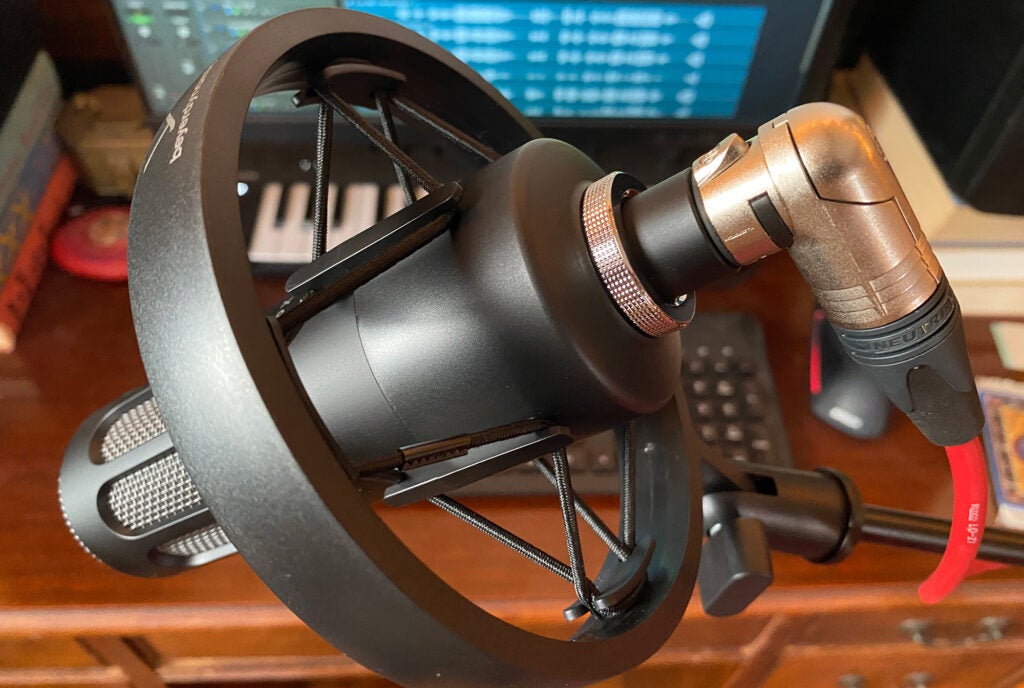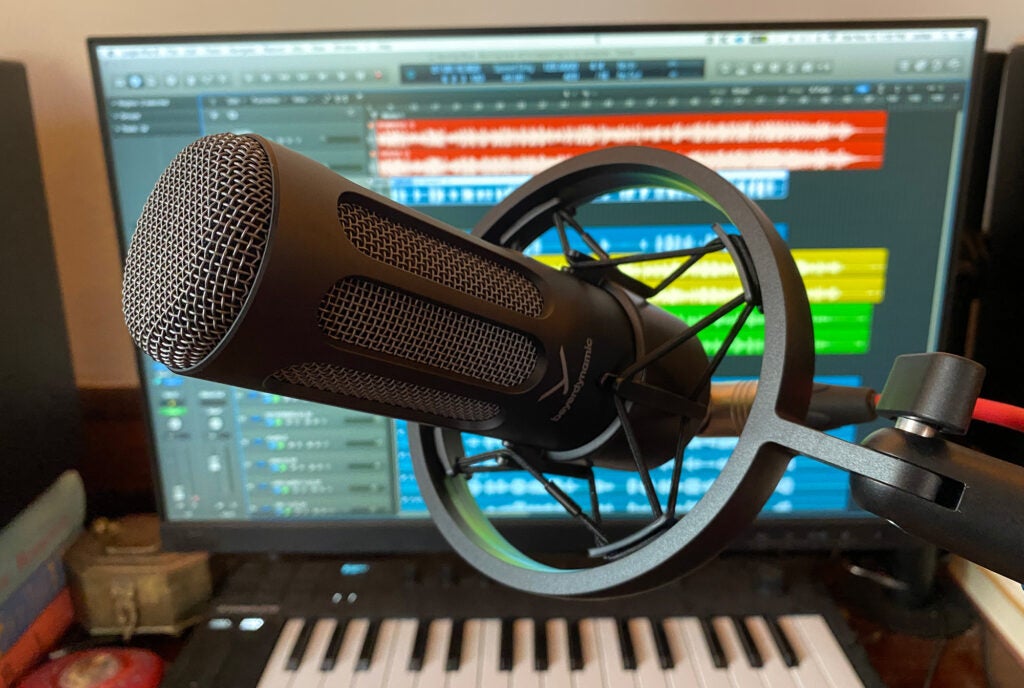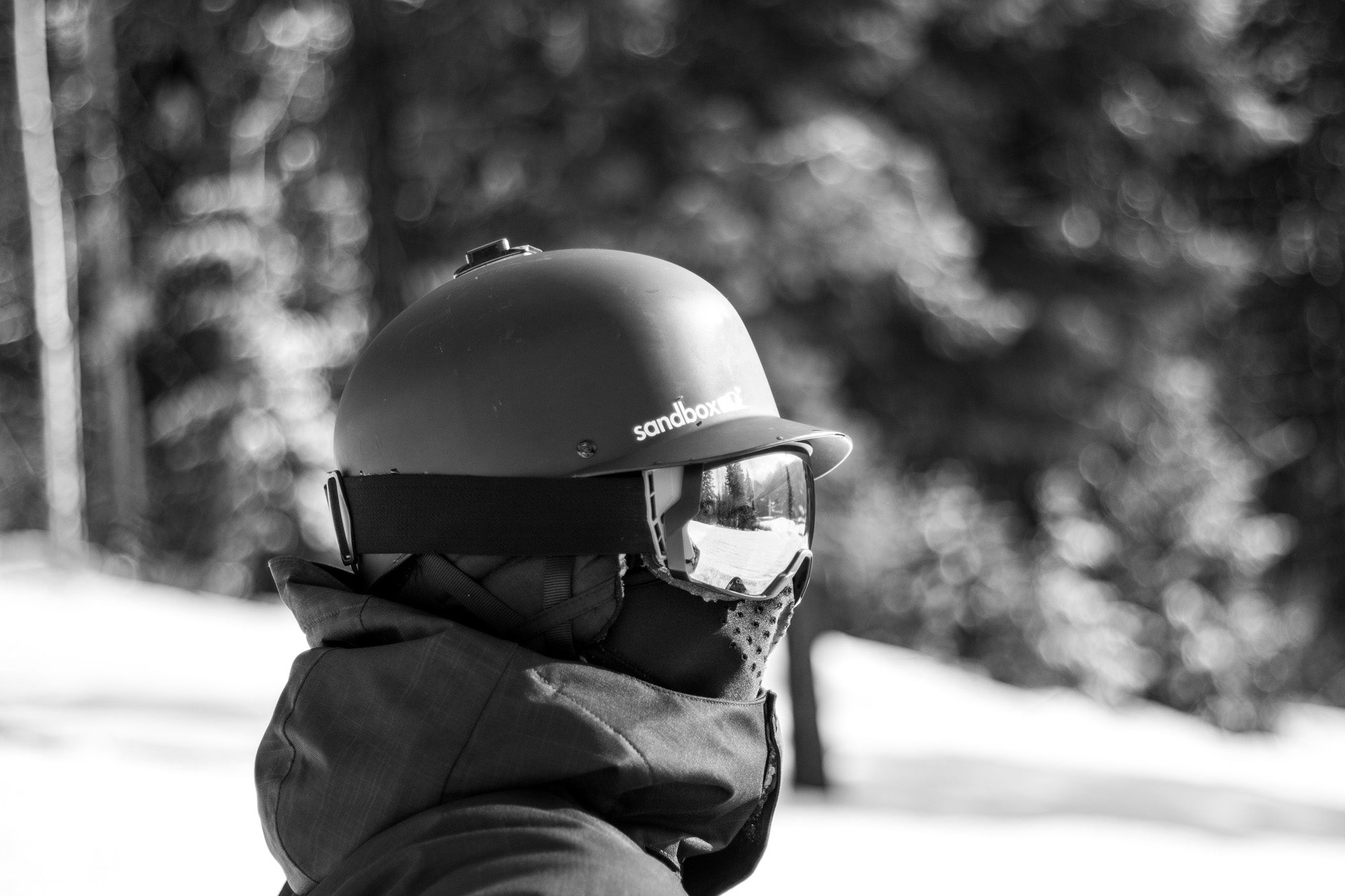
Published Dec. 22, 2021
Keeping yourself warm and protected from nature’s frigid elements is a key part of an enjoyable ski. Depending on the type of skiing or cold-weather activity you’re planning, you will want the best ski mask ready to protect.
Ski masks come in a variety of shapes and sizes. The most intense skiers will want as much face coverage as possible made from breathable materials that let you work up a sweat without overheating. For more casual trips, you may consider a ski mask that offers minimal coverage that still gets the job done while not being itchy, hot, or burdensome.
Without proper protection, your ski trip can take a sharp turn for the worse with bad sunburns as a result of the high levels of UV radiation reflected in the snow or windswept dry skin. Get the best ski mask and you’ll be cruising down the slopes with pleasure (and you can check out our roundups of the best snow boots, heated socks, ski goggles, winter gloves, and winter hats to help you stay extra cozy).
Be prepared for the slopes and frigid weather with the best ski mask
Cover your face to ensure maximum enjoyment on the slopes. With the best ski mask, you can get to the bottom of the mountain with ease.
What you need to know to purchase the best ski mask
What exactly makes a great ski mask? Quality snow gear needs to be both technically sound and comfortable. As you pick up speed skiing or snowboarding down the mountain, not only is wind pounding your face, but the UV radiation levels are at nearly 90 percent. This means you need to get proper protection to avoid looking like a lobster after a day in the alps.
Balaclavas are a great choice for those looking for maximum face coverage. With their all-encompassing design, you will have minimal exposure to harmful UV rays. Full-face-cover balaclavas are some of the best ski masks due to their ability to keep in heat and keep you toasty on frigid days. Half balaclavas are a good compromise if you’re looking for less heat capture or have a separate hat or helmet that is sufficient in itself.
Picking the right material is another important consideration. While thin and breathable materials are great for sports, knitted ski masks are an affordable option for those that frequently get cold. If you’re out in the countryside going for a cold-weather walk or hoping to escape the urban wind, a full-face-covered knit balaclava will certainly meet your requirements.
Best full-cover balaclava: Oakley Men’s Backwoods Balaclava
A full balaclava offers UV and wind protection from the top of your head to the upper chest region. This is great for skiers and snowboarders who need something that meets high technical requirements. Made of 53-percent Polyamide, 30-percent Polyester, and 17-percent Elastane, this balaclava has a lightness that is perfect under ski gear. The slot opening at the eyes will give you room to properly apply ski goggles. The long neck covering means you can tuck under your layers easily which will offer extra warmth.
Do you need a ski mask for maximum warmth?
The material used in a great ski mask will inform the kind of performance you can expect to receive from it. Light materials like polyamide and polyester give breathability while knitted woolen fabrics offer supreme warmth. If you’re looking to wear a mask that keeps you warm at all costs, a knitted mask will do the job. What you lose in technical performance abilities (knit doesn’t fit well under a ski helmet) you gain in thickness and all-around coziness.
Best knitted ski mask: AcademyFits Knit Ski Mask
The warmth this full-face-cover ski mask offers is second to none. A flexible fabric means that not only is it toasty, but it’s also super comfortable as well. Its full coverage on the top of your head keeps body heat from escaping, so you won’t even notice the frigid weather. It’s not very breathable, though, so don’t expect it to work for most sports.
Ski masks can be used for all sorts of purposes if they’re adjustable
Adjustable ski masks are great for those who want a multipurpose face-covering suited for cityscapes and ski slopes alike. Adjustable masks can become neck gaiters (commonly known as buffs) that offer neck protection as a scarf or a sports wrap. Pull it up above your nose and you have a more classic-looking mask. Pull it over your hair and it can become a handy bandana.
When packing light, an adjustable ski mask means you’ll save space by using one item that can be used for multiple activities.
Best adjustable ski mask: N-Mengge Adjustable Fleece
With 16 different uses, this ski mask can be used as a hood, bandana, wristband, beanie, and more. Microfiber materials are great at dealing with sweat, which makes this the perfect winter sports gear.
Looking for top performance gear that’s breathable?
The best material for a mask for sporting use is one that allows you to stay dry while working up a sweat in the cold. Working up a sweat in frigid temperatures can cause a chill as the wind hits your body. Dri-fit polyester blends make a great ski mask due to their stretchy, breathable material.
Best breathable sports mask: Nike Therma Sphere
Nike’s full-face ski mask is one of the best due to its Dri-Fit design that allows you to be as active as you’d like without worrying about the sub-zero temperatures. It’s warm, comfortable, and good value for a performance-based winter ski mask. It’s also a great mask for more casual wear, as it’s so light you can easily keep it in your pocket when heading indoors.
Worried about overheating in your ski mask?
A half-face mask will allow heat to escape from the top of your head while keeping your neck, mouth, and nose, and ear region protected and warm. While this may not sound ideal, as temperatures rise throughout the day, you may not want something that keeps your head bundled. A half-balaclava is a must for full flexibility on cold days.
When heat is trapped, your body will keep its core temperature relatively high. If you’re working up a sweat, you will want some body heat to release so you don’t feel overheated. Skiers that wear heavy-duty helmets may love the half balaclava’s ability to protect without wrapping up your entire head.
Best half-balaclava: Tough Headwear Half-Balaclava
Sometimes you don’t need to cover it all. A simple and effective design makes this half-balaclava a great ski mask. It protects from the cold, dust particles, and UV rays while providing ultimate comfort and is large enough to be pulled up over your ears.
What is the best cheap ski mask?
You can still stay pleasantly warm and protected from UV rays without spending very much. You may not have the technical performance needed for alpine skiing, but if your needs are simpler, then a budget mask is a great option.
Best ski mask under $10: Achiou Winter Ski Mask
Basic and great—made of 90-percent polyester and 10-percent spandex—this full balaclava ski mask is a simple and effective piece of winter gear. The hooded top can be pulled down making this mask adjustable. When you’ve really worked up a sweat, you can simply toss this mask into the laundry to freshen up.
FAQs
Q: Can I use a ski mask for other activities?
Ski masks are highly adaptable winter items that can be used on runs, outdoor sports, or pretty much any outdoor activity. If you’re looking for a sporty winter cover, a great mask will ensure you’re warm.
Q: What is the best kind of ski mask?
Full balaclavas are an excellent option for maximum warmth and protection. For more breathability, you may opt for something simpler and smaller, like a half-balaclava or adjustable ski mask that can be turned into a scarf or bandana.
Q: What are the best materials for a ski mask?
For performance and breathability, polyesters make great masks. Dri-fit polyester blends will allow you to stay the most comfortable while exercising. Wool is a great option for those not looking to be super active, but who still want to stay insulated.
A final word on shopping for the best ski mask
The best ski mask will allow you to withstand nature’s toughest elements with style and comfort. Protect from harmful UV rays by finding a mask that covers your skin properly, leaving you comfortable in the cold.

